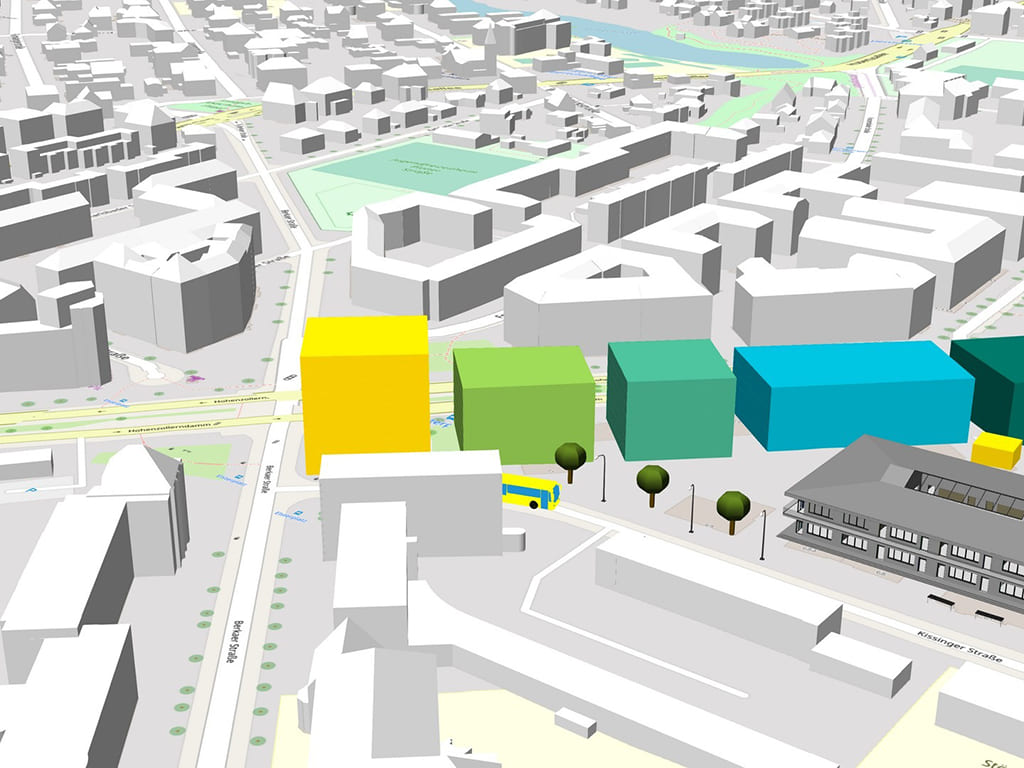Digital twin technologies have gained an important place in today's rapidly changing digital world. By creating a digital copy of a physical asset, these technologies offer several advantages in real-world applications. The use of digital twins is increasing in many industries, from manufacturing to logistics, from healthcare to entertainment.
A digital twin is a digital model of a real object, process or systems. This model is updated in real time by feeding it with sensor data, simulations, and other data sources. In this way, it is possible to monitor and analyze real-world changes in a digital environment and predict future scenarios.
Digital Twins in Geographic Information Systems
Geographic Information Systems is an important technology that enables the collection, storage, processing and analysis of geographical data on a local and global scale. When the digital twin concept is integrated into GIS, it enables geographic data to be managed more effectively through digital twins.Here are some of the advantages of this integration:
Settlement and Infrastructure Planning
Combining geographic data with digital twins provides great benefits in processes such as urban planning, infrastructure development and settlement planning. By modeling existing infrastructure, digital twins can simulate future changes and guide planning processes.
Natural Disaster Management
Geographic data analysis capabilities of GIS play an important role in combating natural disasters. Digital twins can be used to identify and predict disaster risks and optimize response strategies in case of disaster. In this way, pre- and post-disaster processes can be managed more effectively.
Environmental Monitoring and Protection
Integration of geographic data with digital twins supports environmental monitoring and conservation efforts. Digital models of ecosystems can be used to monitor environmental changes, manage natural resources and develop conservation strategies.
Transportation and Logistics Optimization
In the transportation and logistics sector, GIS and digital twin technologies play an important role in areas such as road network optimization, traffic management and logistics operations planning. Digital twins can improve efficiency and reduce traffic congestion by simulating existing transportation infrastructure.
Sunshine Duration Mapping
GIS and digital twins can be used to map the geographic distribution of sunshine duration. These maps show the duration of sunshine in a given area by season and help people assess sun exposure potential.
As a result
As a result, digital twin technologies and geographic information systems represent a field of innovation that is revolutionizing urban planning, logistics, mining, construction, industry and healthcare. The use of these technologies enables more effective use of resources while increasing efficiency and providing powerful tools to improve human life.
